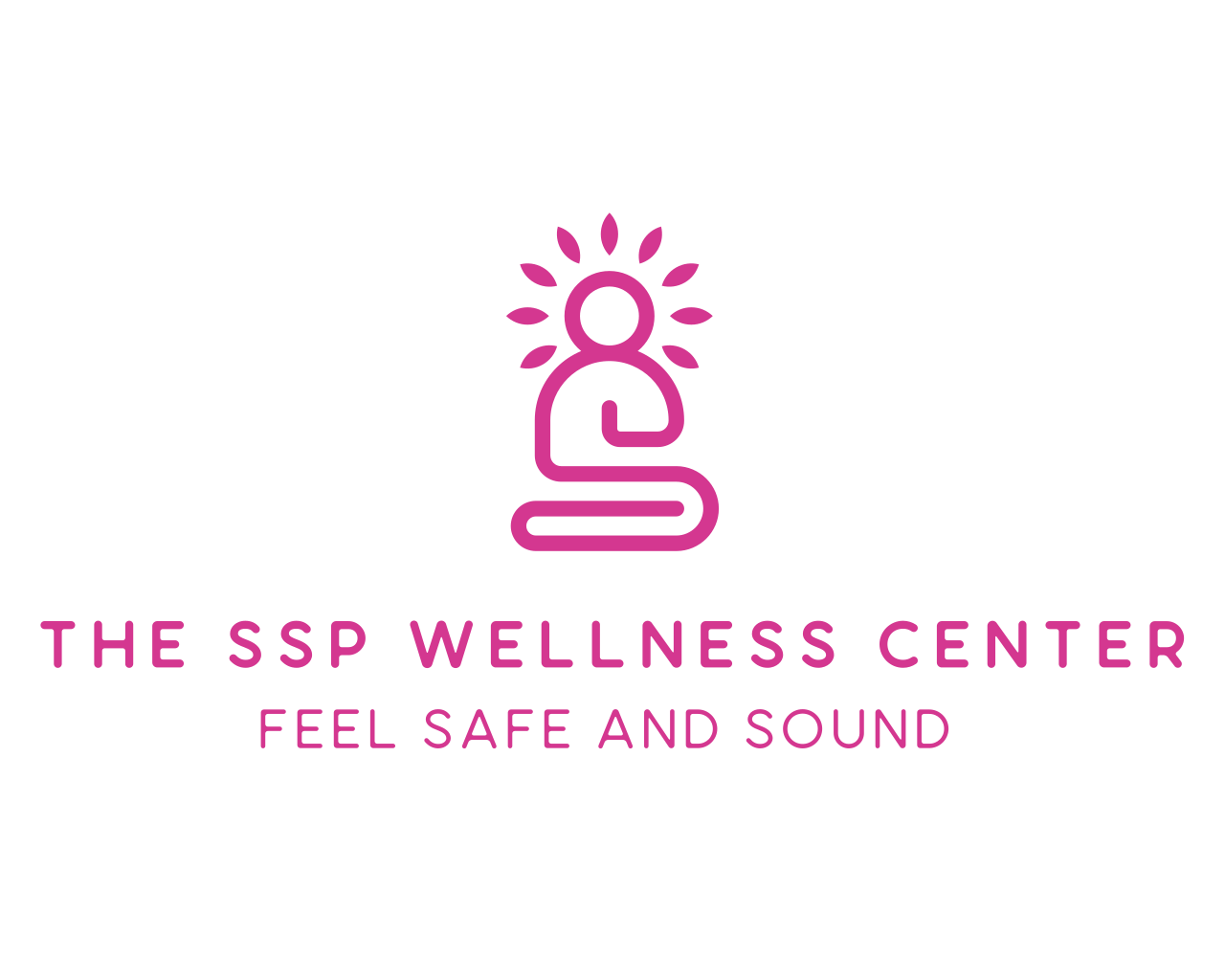SSP can be life-changing. When you’re ready to dive in, finding a provider who knows what they’re doing is non-negotiable.
So, how do you find the best Safe and Sound Protocol provider near you? And what are the chances that your ideal SSP practitioner is actually local?
Let’s be honest — finding someone can be a bit of a minefield. And there are ahem, more than a few not-so-great practitioners out there. But don’t worry — we’ll help point you in the right direction.
Here’s the thing: For many people, SSP doesn’t have to happen in person. In fact, remote delivery is not just possible — it’s often preferable.
In this article, we’ll break down:
- Whether you really need to do SSP face-to-face
- When in-person sessions might make sense
- How to find a local provider (if that’s the route you want)
- Why we only offer SSP remotely — and how we do it
What to look for in an SSP practitioner (and red flags to avoid)
Do You Need to Do SSP in Person?
Short answer: Nope.
SSP was originally designed to be facilitated in a professional setting, but remote delivery has come a long way.
Today, doing SSP from home is not just safe — it can be just as effective as in-person delivery (see exceptions below).
The key to SSP success isn’t just where you do it — it’s how it’s delivered and who is supporting you.
When Might It Be Better to Do SSP In Person?
In-person SSP still has its place — and for some people, it’s the better fit. Consider in-person sessions if:
- The client is very young, nonverbal, or unable to express discomfort easily
- In-person co-regulation (eye contact, presence, gentle cues) would be more beneficial
- The home environment isn’t stable, safe, or supportive of healing work
- The individual already has a strong, in-person therapeutic relationship
- They would feel more regulated in a clinical setting
- Complex medical, trauma, or neurodevelopmental issues require closer monitoring
How to Find an In-Person Safe and Sound Protocol Provider Near Me
In-person work can be very powerful when safety and connection are established. But if you’re not sure where to find someone local, we always recommend starting with the official Unyte SSP provider directory.
This is the real deal — only certified practitioners are listed here, and you can search by zip code, country, or delivery method (remote or in-person). Bonus: many providers include details about their style, training, and populations they serve.
Pro tip: If you’re open to both remote and in-person options, don’t limit yourself to your immediate area. Cast a wider net — vibe and fit matter.
Do We Offer SSP In Person?
We don’t. At SSP Wellness Center, we specialize in remote SSP using a microdosing model, — meaning we deliver SSP in small, manageable chunks that are easier on the nervous system.
It’s trauma-informed, flexible, and ideal for highly sensitive or dysregulated individuals who might not tolerate full sessions right away. And yes — it’s all designed to be manageable from home.
While we won’t meet you in an office, we will meet you exactly where you are — by creating a customized, paced program that meets the needs of your nervous system.
You’ll be supported 100% remotely with:
- Unlimited email and text support
- Onboarding video calls
- Access to our members-only courses and resources
When Remote SSP Might Actually Be the Better Option
Remote SSP has been a total game-changer for many of our clients. Here’s why it might be the right choice for you:
- You can do it from your own home — your safe zone
- Sessions can be paced according to your needs (hello, microdosing)
- No travel, no waiting rooms, no overstimulation
- You have more flexibility — don’t feel up to listening today? No problem, no cancellation fees
- May be helpful for sensitive or trauma-impacted nervous systems when microdosed appropriately
- You’re not limited to the one provider near you — you can find your ideal match
We hear it all the time:
“I wasn’t sure if remote would be as effective… but I love that I’ve been able to create a safe and supportive routine in my own home that I look forward to every day.”

What to Look for in an SSP Provider
Now you’ve weighed up the pros and cons of going local or remote, here’s something really important to remember: Not all SSP experiences are created equal.
Here’s what you want in a practitioner:
- They’re listed in the Unyte directory (non-negotiable)
- They take time to understand your unique nervous system and don’t just follow a script
- They offer personalized pacing and don’t push you through sessions/the program too quickly
- They communicate clearly and offer regular check-ins
- They understand trauma, neurodivergence, and nervous system, etc. nuance
- They make you feel safe, seen, and supported
SSP should never feel like a cookie cutter process. If it does? You can do better.
Red Flags to Watch Out For
Trust your gut. Here are some things that should definitely raise an eyebrow:
- They jump straight into long listening sessions without assessing your tolerance
- No intake or safety planning before starting
- They don’t understand individual sensitivities and complexities
- Their approach is rigid — no personalization
- They’re hard to reach or don’t respond to questions
- You feel rushed, judged, or dismissed
- They only offer 30-minute (or longer) sessions — with no flexibility
If someone’s energy makes your system feel worse instead of better — and you don’t feel heard — it’s okay to walk away.
Want to Work With Us Remotely?
If your body is breathing a little easier after reading this — we’d love to support you.
At SSP Wellness Center, we specialize in remote SSP for sensitive nervous systems, offering:
- A microdosing model for gentle, sustainable progress
- Personalized pacing and regular check-ins
- A trauma-informed approach
- Nervous system tools, resources, and video guidance
You don’t have to settle for a provider just because they’re nearby.
Got Questions?
Reach out — we’re happy to chat.
Grab a free 20-minute, zero-pressure consult here.
TL;DR?
You don’t need to do SSP in person — but you do need the right kind of support.
If you’re curious, cautious, or just want to dip your toes into nervous system work, properly administered remote SSP may be a safe place to start. Wherever you begin, choose a provider who truly sees and supports you.

